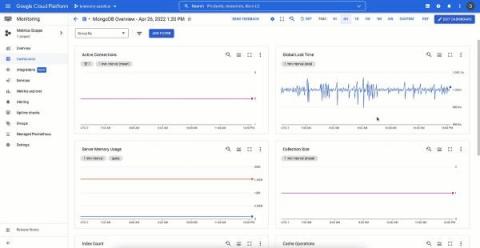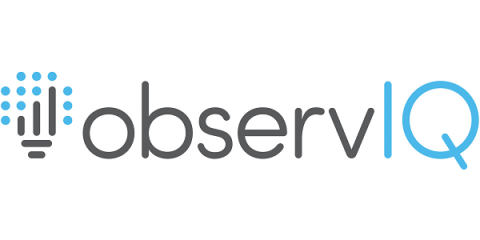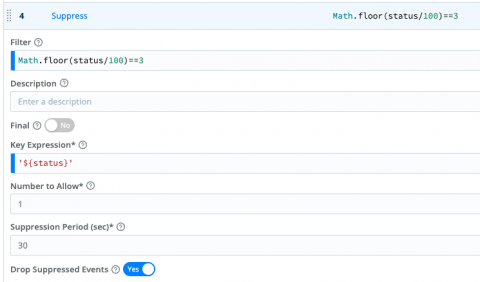How Elastic powers speed, security, and connectivity in capital markets
Speed is everything in capital markets. Success in the front and back office is dependent on the ability to provide accurate, fast responses to challenging questions. Over the past several decades, there has been a tremendous increase in the amount of information available to market participants, and trade transactions are now being carried out at a very rapid pace. In parallel, the technology which capital markets firms are developing is becoming increasingly complex.











